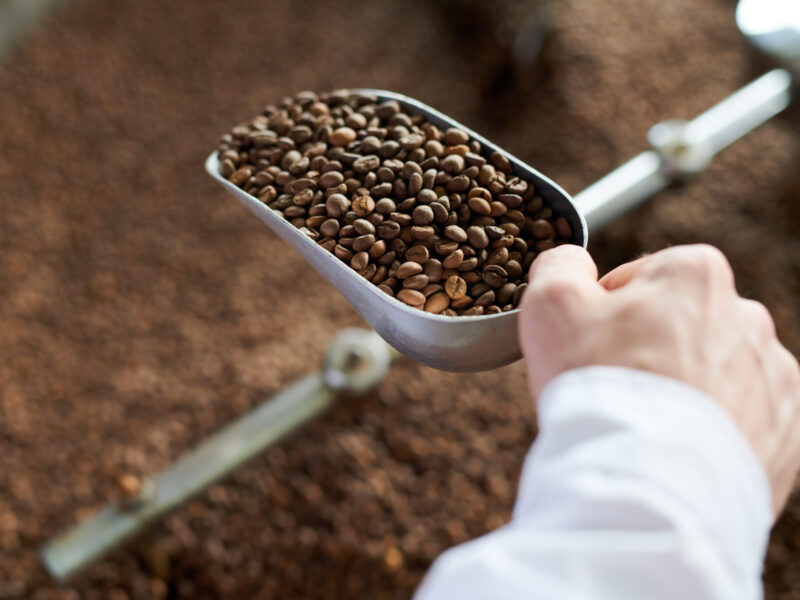
Using nitrogen to improve coffee products’ shelf life is a common practice. While whole bean coffee releases carbon dioxide slowly after roasting, ground coffee releases it faster than whole bean, accelerating staling and degassing. Using nitrogen to add a layer of protection to a coffee product’s shelf life is an excellent choice for many coffee businesses. While nitrogen can be costly, it can also make the product last longer.
One of the biggest challenges in the coffee industry is extending the shelf life of products. The main purpose of coffee packagers is to keep their coffee fresh. Besides taste, aroma is also one of the most appealing aspects of the beverage. In order to improve the freshness of ground coffee, nitrogen generation is a critical component of coffee packaging. It can extend shelf life and preserve product quality. The process of generating nitrogen is simple and low-cost, and can be expanded easily as the needs of a coffee company grow.
There are many benefits of using nitrogen in coffee industry applications. The main benefit is the increased shelf life of coffee products. By reducing oxygen levels, Nitrogen flushing eliminates air-tight seals. The benefits of this process include extending the shelf life of the coffee product. In addition to increasing shelf-life, nitrogen injection reduces the bitter taste. On-site gas provides reliable and affordable nitrogen generators for coffee producers. It can help save costs and find the best solution for a coffee-making business.

Recent Comments